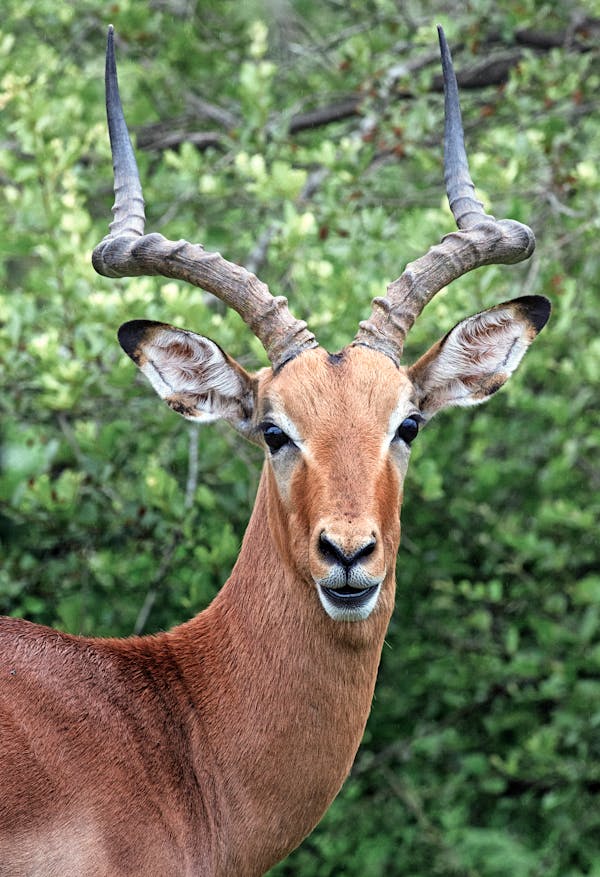Tanzania is a premier destination for wildlife safaris, offering everything from the Great Migration in the Serengeti to the rhino-filled Ngorongoro Crater. Whether you’re a wildlife photographer, nature enthusiast, or first-time traveler, timing your safari right is crucial. Understanding the best time to visit Tanzania for safari can significantly enhance your chances of witnessing nature’s most breathtaking spectacles.
This article provides a detailed guide to the best times to plan your Tanzanian safari, depending on your goals, weather preferences, and budget.
Tanzania Safari Seasons: An Overview
Tanzania has two main seasons that influence safari conditions: the dry season and the wet season. Each season has its pros and cons depending on what you want to experience.
1. Dry Season (June to October)
- Weather: Dry, cool mornings and evenings, warm afternoons
- Wildlife: Best for big game viewing
- Landscape: Sparse vegetation makes animals easier to spot
- Pros: Fewer mosquitoes, excellent road conditions
- Cons: More tourists, higher prices
2. Wet Season (November to May)
- Weather: Short rains (Nov–Dec), long rains (March–May)
- Wildlife: Great for birdwatching and calving season
- Landscape: Lush and green, dramatic skies
- Pros: Fewer crowds, lower prices
- Cons: Muddy roads, difficult access to some parks
Month-by-Month Breakdown: Best Time to Visit Tanzania for Safari
January to February
- Highlights: Calving season in the southern Serengeti
- Best For: Watching baby wildebeest being born, predators hunting
- Weather: Warm, with occasional rain showers
- Where to Go: Ndutu area (southern Serengeti), Ngorongoro Crater
These months offer a chance to witness the miracle of life—and the dangers that come with it. With thousands of newborn wildebeest, predators like lions and hyenas are never far behind.
March to May
- Highlights: Long rains and fewer tourists
- Best For: Budget travelers and lush scenery
- Weather: Heavy rains, some lodges close
- Where to Go: Ngorongoro Crater (some roads may still be passable)
While not the best time to visit Tanzania for safari in terms of game viewing, this season offers lower rates and a quieter experience. Photographers love the vivid green landscape and dramatic cloud formations.
June
- Highlights: Start of the dry season
- Best For: Comfortable travel, emerging wildlife
- Weather: Cooler temperatures and dry skies
- Where to Go: Serengeti, Tarangire, Lake Manyara
June marks the beginning of prime safari season. Wildlife becomes easier to spot as animals begin gathering near water sources.
July to August
- Highlights: Great Migration river crossings in northern Serengeti
- Best For: Witnessing the famous Mara River crossings
- Weather: Dry and cool, perfect for game drives
- Where to Go: Northern Serengeti, Ngorongoro, Tarangire
These months are considered the peak time for safaris in Tanzania, especially if you want to see dramatic wildebeest crossings and large predator-prey interactions.
September to October
- Highlights: Excellent big game viewing continues
- Best For: Fewer crowds than July–August, yet still excellent wildlife
- Weather: Warmer, dry conditions
- Where to Go: Serengeti, Ruaha, Selous
As the dry season continues, animals become concentrated around the remaining waterholes, making it one of the easiest times to see large numbers of animals in one area.
November to December
- Highlights: Short rains and migratory birds return
- Best For: Birdwatchers, budget safaris
- Weather: Intermittent showers, still warm
- Where to Go: Serengeti (central and southern), Lake Manyara
November kicks off the short rains, which bring life back to the landscape and mark the return of migratory birds. It’s also when wildebeest begin returning to the southern Serengeti for calving.
Best Time for Specific Safari Activities
| Activity | Best Time |
|---|---|
| Great Migration Calving | Jan – Mar |
| Mara River Crossings | Jul – Sep |
| Birdwatching | Nov – Apr |
| Big Five Viewing | Jun – Oct |
| Photography Safaris | Dec – Mar (green season) |
Park-Specific Timing Tips
Serengeti National Park
- Calving Season: Jan–Feb (Southern Serengeti)
- Migration River Crossings: Jul–Aug (Northern Serengeti)
- Best Overall Viewing: Jun–Oct
Ngorongoro Crater
- Great year-round, with excellent wildlife concentration regardless of season.
Tarangire National Park
- Best Time: Jul–Oct, when elephants migrate and water sources dry up.
Ruaha and Selous (Nyerere National Park)
- Best Time: Jun–Oct (less rain, easier access)
Budget vs Luxury: Timing Affects Cost
Safari costs vary greatly based on when you go. Here’s a general idea:
- High Season (Jul–Oct): Prices at their highest due to demand.
- Shoulder Season (Jan–Mar): Slightly lower prices and still great wildlife viewing.
- Low Season (Apr–May): Deep discounts on lodges and tours, but weather can be challenging.
If you’re traveling on a budget, consider April or May. For those seeking the best wildlife experiences with premium accommodations, July through October is ideal.
Practical Tips for Planning Your Safari
- Book in Advance: Especially during July–August, lodges fill up months ahead.
- Pack Smart: Light layers for cool mornings, sun protection for afternoons, waterproof gear during rainy months.
- Hire Experienced Operators: Reputable safari companies will tailor your itinerary to the best times and parks.
Conclusion: Plan Your Safari Around What You Want to See
The best time to visit Tanzania for safari depends on your interests. Want to see the Great Migration? Aim for July to September. Interested in lush landscapes and fewer crowds? March to May might be better for you. No matter when you go, Tanzania offers something extraordinary every month of the year.
With proper planning, your Tanzanian safari can become the adventure of a lifetime—filled with unforgettable wildlife moments, awe-inspiring landscapes, and rich cultural experiences.


